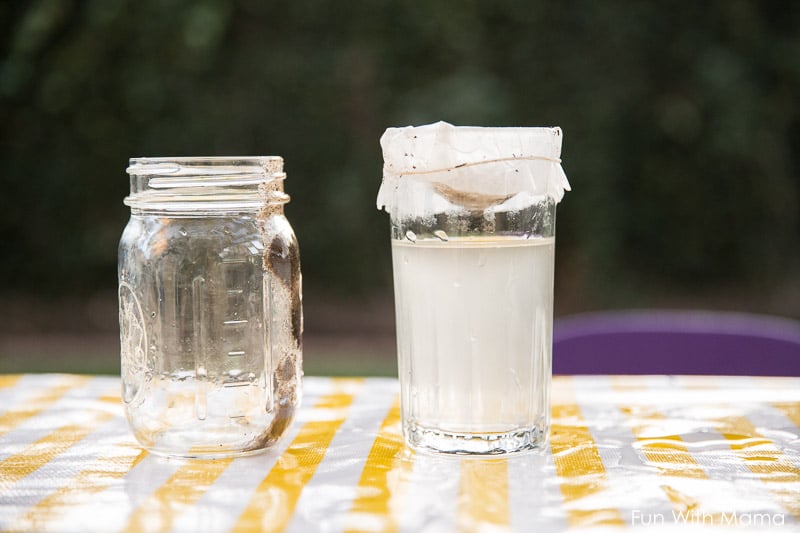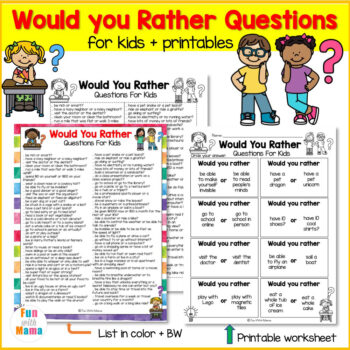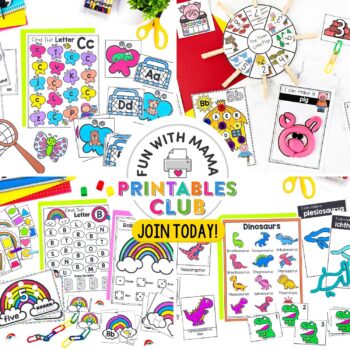Please note that this post was sponsored by Mattel. All thoughts and opinions are my own.
If you’ve been looking for ways to teach your child about environmental awareness or how to teach your child about quality education and sustainable development goals, you won’t want to miss out on this amazing educational series by United Nations and Thomas & Friends!
Molding our children and teaching them is one of the most important jobs we have as a parent. From the moment that they are born, to well through their adult years, your child will be depending on you to give them a basis for learning and education. As a parent, there are times where this is easy and then there are times where outside resources will be needed to help. As long as everyone is working together for a positive learning outcome, what more can you ask for?
How to Teach Your Child About Environmental Awareness, Quality Education and Sustainable Development Goals
Your child may not know about all the varying levels of education throughout the world. Luckily, Thomas & Friends has partnered up with the United Nations and Olivia Wilde to help lead, educate and promote the importance thinking on a large scale about our Earth, rather than just what’s happening in our own home.
Part of educating your child is showing them examples, right? This campaign has created 6 videos that parents and their children can watch together to then talk about what Sustainable Development Goals are and how they can start to implement them together as a family. Go to the All About For Global Goals page to watch these well thought out videos that include Thomas & Friends.
You can learn more about the campaign in the video below:
The videos are about:
- Quality Education
- Gender Equality
- Clean Water and Sanitation
- Sustainable Cities and Communities
- Responsible Consumption and Production
- Life on Land
Every video was created to help encourage families to think on a larger and more global scale. Plus, they are fun with songs and different adventures to actually help your child understand what they are talking about as well.
Once you and your child have watched the videos, there is also a website available that is jam-packed full of fun resources and topics ideas to talk about including family activity ideas to follow each of the above six videos.
Playful Learning – Cleaning Water
One of the videos talks about the importance of having clean water and sanitation. While we are all fortunate to have that on a daily basis without worry or thought, there are millions of people in the world who are not as lucky.
My child and I went to the website and read all about clean water. It was extremely informative and there was a simple yet interesting activity listed below the video that I knew we had to try! It’s important for me to show my child in detail what we’ve just spent time watching and reading about!
Supplies Needed for Clean Water Experiment
- coffee filter
- sand
- jar
- bottle full of dirty water (let your child make up some mud water, they’ll have a blast!)
Yep, go ahead and let her mix that muddy water!
Steps to create clean water
Before starting the process of cleaning the water, ask your child whether she would ever want to drink that water? Why not?
Then, explain how some people don’t have any other choice but to drink water that looks like this.
Once you have your discussion, it’s time to start doing the steps to try and clean the water.
Place the coffee filter over an empty glass. Use a rubber band to secure the coffee filter. Now pour water slowly through the coffee filter (on top) and watch it drip down.
Give your child the bottle full of dirty water and have them slowly pour that over the coffee and sand filter that you’ve created.
Then, it’s time to watch and discuss.
Questions to ask your child could be:
- How different does the filtered water look now compared to how it was before?
- Do you think that this looks clean enough to drink or should you run it through the filter again?
If you have an older child who is extremely interested, you can even do this experiment happening with other variables besides using the sand. Test with gravel instead of sand, or try using a paper towel as the holder instead of a coffee filter. Then, talk about the differences as well!
Quality Education
We have been making our way through each of the sustainable development goals. Each week we are focusing on one video and working on some activities to encourage understanding on that particular goal.
For the quality education goal, I was a “student” in my 5 year old’s class. She taught me, as well as all our “classmates”, all about puzzles and how to put them together. She explained how you know a puzzle piece is a corner piece (2 flat sides) and how you know a piece is a side piece (1 side).
Explain to your child how not every child in this world has a free education nor access to schools. My older two children had seen this first hand when we lived in South Africa. Many of the children who lived there did not go to school and in some areas, the schools weren’t organized at all. This is a good discussion to have when you are traveling to other countries.
Questions to ask:
- Do you like school?
- What would you do the whole day if you didn’t have a school to go to?
- Where would you learn?
- If you don’t have a school, how can you help teach those around you?
Environmental Awareness – Responsible Consumption and Production
Did you know that if you use a plastic straw, this straw “lives” on the earth for up to 200 years. Something that you use for literally not even 5 minutes has a lasting effect on our planet. There are small ways that we can make a difference like using a paper straw instead of a plastic straw. Nurture environmental awareness habits in your child when they are young so that we can all join in on these sustainable development goals.
This is one of my favorite sustainable development goals to work on. Once you teach a child about environmental awareness you can be sure that your recycling bin at home will be used a lot more.
Showing a child an online video showcasing where their trash is going is a huge wake up call, not only for them but also as a reminder for us as adults too. We need to take responsibility for what we are using and what we are throwing away.
Discussion questions:
- What are some things that we use at home that we often throw away?
- Can we change this by using something reusable?
- If not, can we find something to take its place that is recyclable?
When it comes to educating your child about the variances throughout the world, talking about sustainable development goals is key! Education begins at home and these 6 videos and learning activities are a great educational resource.
Don’t forget to check out the All About For Global Goals activity page to find all the videos! This is a great educational campaign to incorporate into your home and classrooms.
Share what you learn! Use #AllAboardForGlobalGoals






















Leave a Comment